Each year, gardeners solve the most difficult tasks associated with the choice and purchase of new and interesting decorative plants and colors that would not only fit into the general composition of the site, but also possessed unpretentiousness in landing and care. Among the whole diversity of perennial flowers can easily find unpretentious and beautiful copies of exotic origin, but more and more often gardeners and landscape designers pay their close attention to simpler flowers, familiar and understandable to everyone. It is to such plants that can be attributed to the multi-flower-flower, which is very similar to the Forest Lily of Lily, only more.
In this article, we consider the features and description of the combination of multi-flowering, we present the main use of the flower in landscape design. We give the basic rules and nuances of agrotechnics of cultivation of this popular variety.
Features and morphological description Couping multi-flowered
The purchase is considered a true forest flower, like everyone else's beloved. Therefore, very often many gardeners to explain what flower is talking, they say that it is a big lily of the lily of the same snow-white colors-bells. This perennial flower will become an excellent decoration of any garden and a homeland area, as the multi-flower bonding is considered to be a teothelubil plant and is perfect for landing under garden trees.
Coupling multi-flowered or P. Multiflorum is a perennial plant that refers to the genus of the purchase. Previously, the entire genus of these colors was referred to a large family of Lily, however, recently I became part of the Lrangessa family. That is why very often this flower is called Garden Lily. In addition, among the gardeners, it is sometimes possible to hear a completely different name of a gentle flower - Solomonov printing, which is due to the fact that after moving the apparent roots in their place there are recesses, similar to printing.
Multi-deck bonding is one of the most popular species of this plant, which is most often found in the gardens in Russia. This is due to the fact that it is the northern hemisphere that is a natural habitat of the habitat, and in Russia there are approximately 17 species of this amazing plant.
Description Purchasing Multicellular:
- Multi-flower bonding is unpretentious, a shadowless perennial plant that can grow and blossom in almost any corner of the garden, even under sprawling trees.
- Official interest causes the rhizome of this plant, which consists of a large number of parts or links, hence the scientific name of culture happened - Polygonatum, What denotes polys.- many, gony - node.
- All rhizome consists of small links. At the same time, last year's roots die off, and in their place a round site is formed. It is worth noting that the rhizome is bought by multi-flower possesses the healing properties and is used in folk medicine.
- The height of the plant reaches about 30-60 cm, in rare cases the culture reaches 1 m, and consists of a beautiful arcuate shoots are beautifully inclined around the base, thereby forming a dome-shaped bush.
- Shoots thin, bare rounded and have a brownish-green hue.
- On both sides of the stem are arranged oblong lanceolate leaves flowered Solomon's seal. They are sedentary and their appearance reminiscent of the well-known lily leaves.
- On sheet plate clearly traced streaks, the surface is smooth and is colored green saturated color. The bottom side of lamina are colored in bluish color and has a slightly roughened surface.
- The length of the leaves of a plant can reach about 10-11 cm and a width - 4.5 cm.
- In the axils of leaves formed flower flowered Solomon's seal, which is also reminiscent of lily blossoms.
- The flowers are collected into small florets 3-5 pieces. the flower itself has a tubular structure and resembles a small bell, painted white with a slightly greenish edge on the petals.
- Flowering flowered Solomon's seal begins around the end of May or in early summer.
- After flowering bells on the branches appear black and blue berries.
- It is important to remember that many-flowered Solomon's seal, as well as other varieties of this plant are poisonous and can cause severe fits of vomiting.
- Polygonatum multiflorum is a great accent to any landscape design, especially for low-growing plantations, which are assembled around the garden lily of the valley. Effectively the plant looks around garden trees forming a fat blooming and thickets.
All the beauty of a garden lily of the valley can be seen in the following photo-flowered Solomon's seal:
Popular methods of reproduction flowered Solomon's seal
If your site is already growing adult Polygonatum multiflorum, and you would like to create a beautiful garden of her participation compositions can be easily and quickly enough to dissolve this unique plant. To this end, any gardener will need only know the basic methods of reproduction of Solomon's seal. In this case, you can turn its attention to seed reproduction and breeding by dividing the bush. Here are the main rules of these methods of reproduction flowered Solomon's seal.
Seed propagation flowered Solomon's seal
- For young bushes, this kind of seed method is used not so often. This is due to the fact that for the tie of fruits and ripening seeds, specific insects are needed - long-bump bumblebees. In addition, the seedlings obtained from seeds can completely linger maternal signs.
- Flowering young plants grown in this way will start only for the third year.
- Seeds of bunching Multicelfriend very quickly lose their germination, so they must be soaked in the soil immediately after ripening.
- Do not forget about the stratification of the planting material. For this, the dried seeds are mixed with soil and placed in the refrigerator for 2-3 months. At the end of this period, you can suite them in the prepared containers.
- You can use a natural stratification option, during which the seeds of this variety are seeded directly into open ground to prepared in advance beds. It happens in late autumn.
- In the spring, the seeds begin to germinate, and it occurs extremely slow. Fully the plant develops and becomes strong and adult bush about 3-5 years.
Reproduction bought by a multi-flowered rhizome division
- Most gardeners use precisely a vegetative prepocation option, namely the root division, as it gives a more effective result.
- Conduct the root of the root is necessary in the early spring, so that the plants have managed to root before the onset of cold weather.
- First of all, dug up in advance rhizome must be thoroughly check and inspect for damage. In addition, the roots can be two types of kidneys: large floral and slightly smaller - growth. In the presence of the last rhizome, you need to plant on the growing.
- When solving, it is important to apply this method of breeding that it is important to carry out that the rhizome can be divided into a multi-dealer, not more than three years.
Landing technology Coupling Multicellular - description of the stages
Landing the gentle and original bunch of multi-flower in the garden plot - the process is quite simple and will not require much effort and costs. The main thing is to clearly observe all the main stages.
Stage 1. Selection and purchase of planting material Couping multi-flowered
- The multi-flower bond is not a frequent guest in the household plots and in garden centers, so the purchase of planting material of this plant will become a rather complicated process.
- On sale most often you can meet parts of the root of this species, which are ideal for breeding the plant. You can also meet seedlings in containers with a closed root system.
- It is recommended to purchase landing material only in proven gardeners or in specialized garden centers and nurseries, where professionally engage in the cultivation of various plants for sale.
- Before making a purchase, it is necessary to carefully inspect the landing material you get - both rhizomes and seedlings in pots. Roots should be elastic and without signs of rotting and mold.
Stage 2. Selection of a place for landing and soil preparation for bunching multi-flowered
- The multi-flower bond is considered an unpretentious plant that does not require special conditions for growth.
- It is best for this garden valley to choose a shady plot, where the plant will fully show all his beauty. At open and sunny places, the multi-flower bosom will slow down in development and growth, and bloom will not be so abundant. An ideal place is a plot around garden trees, which will allow you to create an unusual composition.
- Your chosen place must necessarily be with a well-moistened dense soil. It is important that the soil waters are deep, as the moisture stagnation harms the root system.
- This plant prefers to grow on fertile and nutrient soils - it contributes to rapid growth and lush flowering.
- So that the plant immediately began to grow, it is important to prepare the soil before landing. For this, the site is dripping and fertilized with complex mineral fertilizer.
Stage 3. Planting process Couping multi-flowered
- The optimal time for landing is bought by Multicellular - this is spring, and more specifically at the end of April or in early May, when the soil is completely immersed. You can land a plant and in the fall, but in this case the young seedling will not have time to grasp.
- First of all, you need to prepare a bed for landing the root of the purchase. To do this, with the help of shovels, the plot is carefully looped, fertilizes with mineral fertilizer. Next, you need to make small wells at a distance of about 15 cm from each other.
- At the bottom of each well, place a layer of drainage consisting of small stones or gravel.
- After that, parts of the root are placed in the pits of the root of the multi-flower and are sprinkled with nutrient soil.
- Be sure to compact the top layer and plenty of young plants.
Growing Agrotechnics Coupling Multi-Deck: Secrets and Nuances of Care
Caring for this unique and simultaneously simple plant is quite simple and lies in the following processes:
- Watering. The combination of this species is considered a completely unpretentious plant, the same applies to irrigation. In the usual time, the plant is quite natural moisture and groundwater. At the dry time, it is recommended to water culture.
- Loosening and mulching. Experienced gardeners are not recommended to loosen the soil, since the probability of damaging the fragile rhizome is bought. It is enough to regularly update the mulching layer, which is suitable peat or sawdust.
- Feeding If the rhizome is caught in fertile soil, it will be enough to fertilize the plant only once a year in the spring, when humid and mineral fertilizers are made under the bustard.
- Diseases and pests. This plant also has excellent resistance to various diseases and pests, so it does not deliver any hassle to gardeners.
- Shelter for the winter. Multi-flower bonding quite perfectly winter without shelter and is not afraid of harsh frosts.
A multi-flower bunch is not a too common plant, which perfectly fit into any garden composition and does not deliver the gardener of unnecessary trouble and problems.

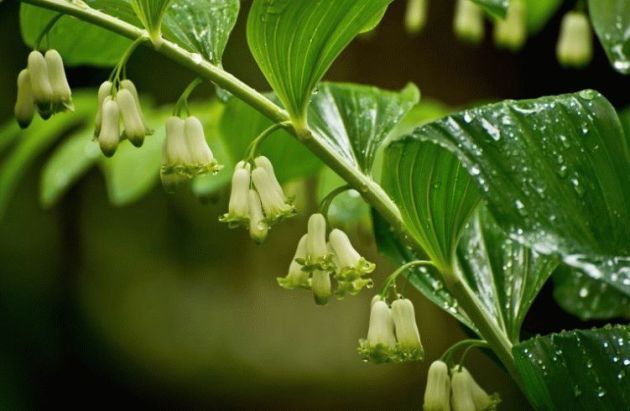
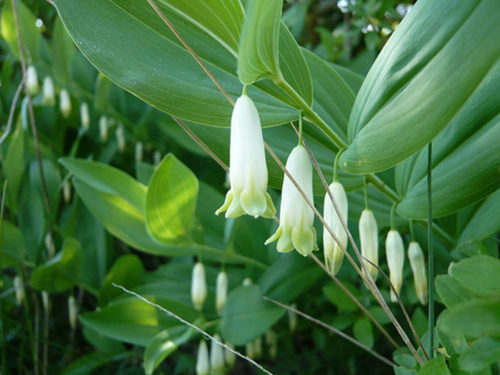
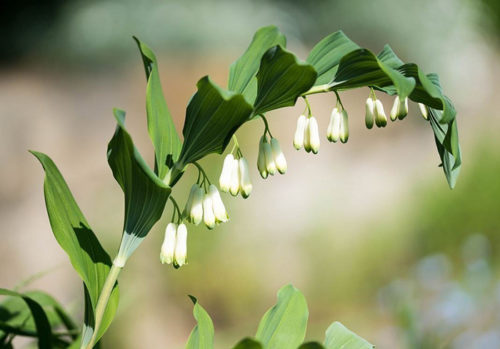
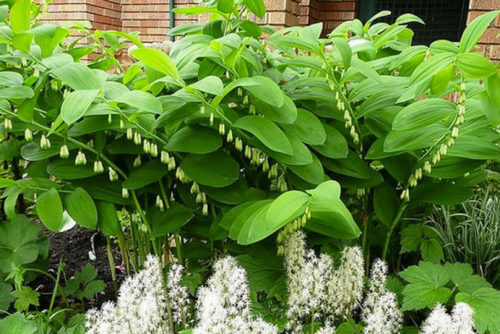
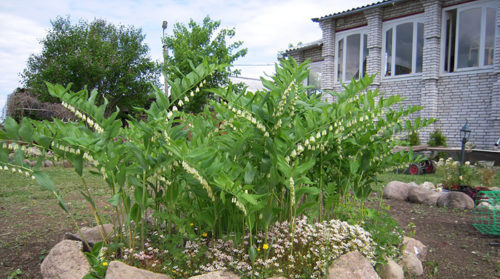
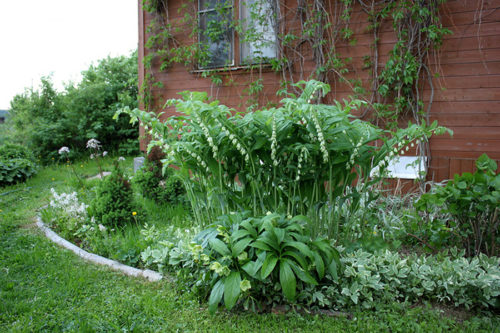
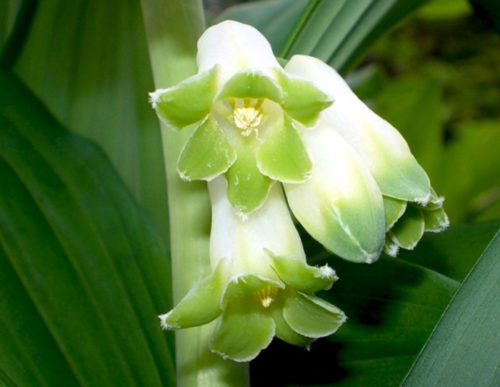
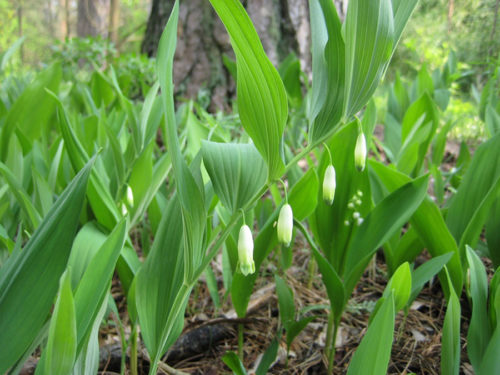
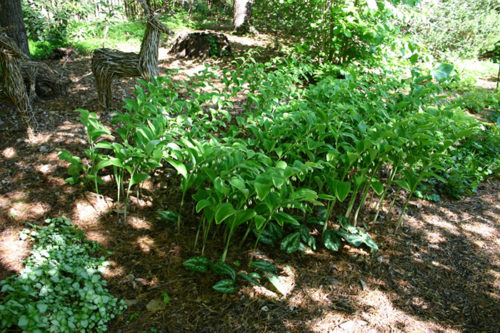
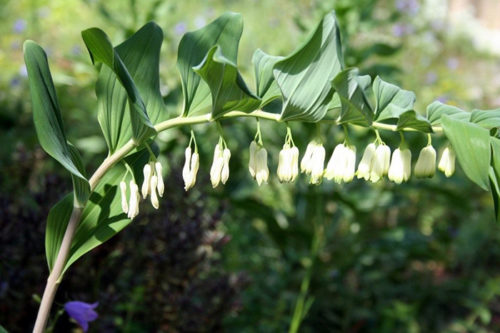
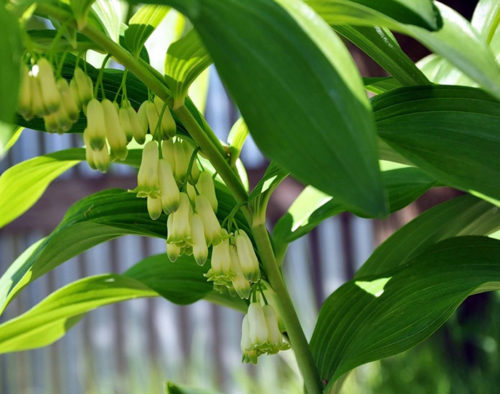












 Start a discussion ...
Start a discussion ...